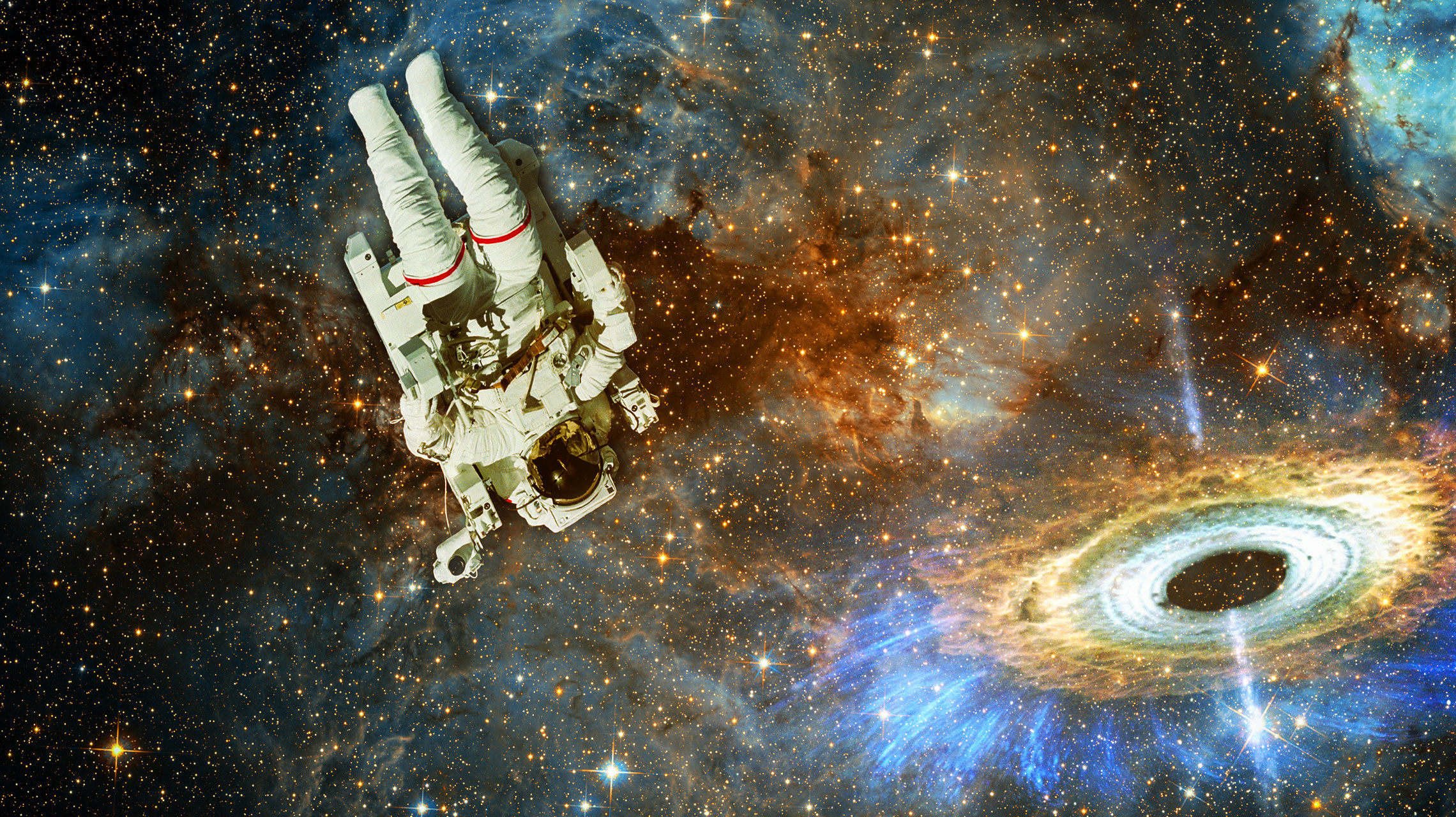Create a free profile to get unlimited access to exclusive videos, sweepstakes, and more!
Desktop Project Part 3: The massive massiveness of M54

[Over the past few weeks, I've collected a metric ton of cool pictures to post, but somehow have never gotten around to actually posting them. Sometimes I was too busy, sometimes too lazy, sometimes they just fell by the wayside... but I decided my computer's desktop was getting cluttered, and I'll never clean it up without some sort of incentive. I've therefore made a pact with myself to post one of the pictures with an abbreviated description every day until they're gone, thus cleaning up my desktop, showing you neat and/or beautiful pictures, and making me feel better about my work habits. Enjoy.]
I post a lot of pictures of globular clusters, because they're just so darn pretty. They're roughly spherical collections of thousands of stars, all born at the same time, and bound together by their own gravity. But M54 is special, for more than one reason... but mostly because in this Hubble image it's jaw-droppingly gorgeous:
See? [Click to embiggen, or grab the huge 15Mb version.]
It's the second most massive globular known (the most massive is Omega Centauri), with well over a million times the mass of the Sun. That's a lot. It's very far away, too, at a distance of about 90,000 light years, making it one of the more distant globulars known. It's big -- 300 light years across, and also incredibly luminous, shining with over 800,000 times the Sun's light. Only its vast distance dims that glory to us.
Also among its oddities is that it harbors what's called an intermediate mass black hole, one that's far larger than the kind you get when a star explodes (which have usually up to a few dozen times the Sun's mass), but still far less than the huge ones found in the centers of galaxies like ours (which are millions or billions of times the Sun's mass). M54's black hole has something like 9400 times the Sun's mass, which is still substantial! These kinds of black holes were only discovered a few years ago for the first time, and how they form is still something of a mystery.
But I haven't even mentioned the weirdest thing: M54 may be part of another galaxy! It actually sits right at the center of a dwarf galaxy called the Sagittarius Dwarf Elliptical Galaxy, a small galaxy currently being torn apart and assimilated by the Milky Way. That's right: we're eating it. It's likely that it formed in that galaxy and has been co-opted by the Milky Way. Since M 54 was discovered by Charles Messier in 1778, this makes it the first extragalactic globular cluster ever seen!
Image credit: ESA/Hubble & NASA
Related Posts:
- Omega Cen's millions of stars
- A distant sparkling eruption of diamonds
- Itâs full of stars!
- The new VLT Survey Telescope delivers spectacular images



























